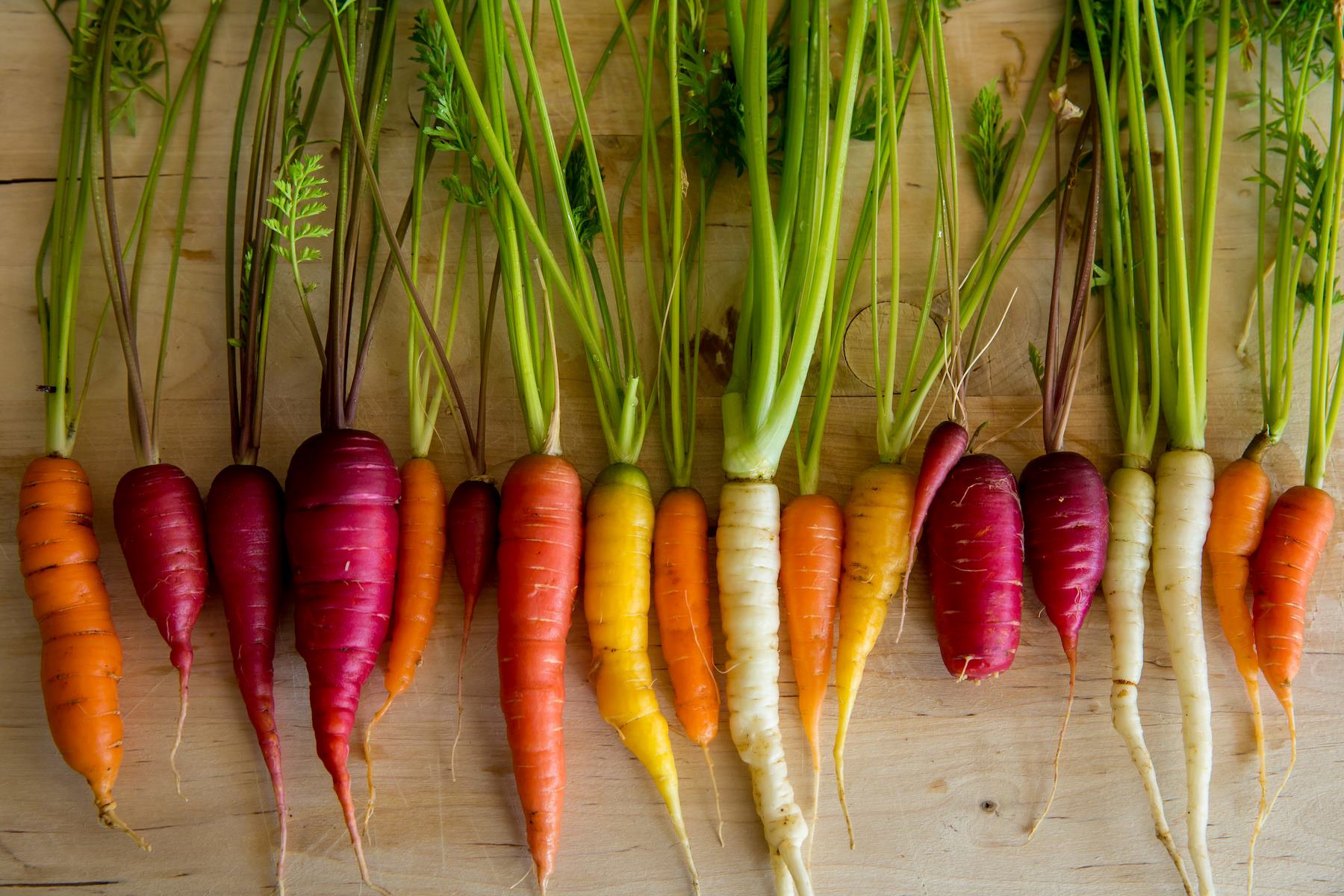Home>Gardening Basics>Understanding Soil>What Is Save Soil


Understanding Soil
What Is Save Soil
Published: February 12, 2024
Discover the importance of understanding soil and learn how to save soil for a sustainable future. Explore the significance of soil conservation and its impact on the environment.
(Many of the links in this article redirect to a specific reviewed product. Your purchase of these products through affiliate links helps to generate commission for Chicagolandgardening.com, at no extra cost. Learn more)
Introduction
Soil is a remarkable and often overlooked natural resource that plays a pivotal role in sustaining life on Earth. It is a complex mixture of minerals, organic matter, water, and air that forms the foundation for the growth of plants, which in turn support all terrestrial life. The significance of soil cannot be overstated, as it serves as a habitat for countless organisms, aids in water filtration, and provides essential nutrients for plant growth.
Understanding the composition and functions of soil is crucial for comprehending its profound impact on the environment, agriculture, and ecosystems. By delving into the intricate world beneath our feet, we can gain a deeper appreciation for the intricate web of life that soil sustains.
The exploration of soil encompasses a wide array of disciplines, including geology, biology, and environmental science. Each facet contributes to our understanding of soil formation, its role in carbon sequestration, and its ability to mitigate climate change. As we embark on this journey to unravel the mysteries of soil, we will uncover the profound significance of this precious resource and the urgent need to protect and preserve it for future generations.
Importance of Soil
Soil serves as a vital foundation for the Earth’s ecosystems, playing a multifaceted role in supporting life. Its importance can be observed through various key functions:
- Plant Growth: Soil provides the essential nutrients and support system necessary for plant growth. It anchors roots, stores water, and supplies vital minerals, fostering the development of crops and vegetation.
- Biodiversity: Soil harbors an incredible diversity of organisms, from microscopic bacteria to earthworms and insects. This rich biodiversity contributes to the overall health and resilience of ecosystems.
- Carbon Sequestration: Soil plays a crucial role in the global carbon cycle, serving as a significant carbon sink. Through the decomposition of organic matter and the formation of stable carbon compounds, soil helps mitigate the impacts of climate change.
- Water Filtration: Soil acts as a natural filtration system, purifying water as it percolates through the ground. This process helps maintain water quality and replenish groundwater reserves.
- Supporting Human Life: Soil is the foundation of agriculture, providing the basis for food production and sustaining livelihoods around the world. It is a source of sustenance, livelihood, and cultural significance for countless communities.
The intricate interplay of these functions underscores the indispensable nature of soil in maintaining the delicate balance of ecosystems and supporting the well-being of both natural and human communities. Recognizing and safeguarding the importance of soil is paramount for the sustainability of our planet and the prosperity of future generations.
Threats to Soil
Despite its critical role, soil faces a myriad of threats that compromise its health and functionality. These threats stem from both natural processes and human activities, including:
- Soil Erosion: The loss of topsoil through erosion, often exacerbated by deforestation, unsustainable agricultural practices, and construction activities, poses a significant threat to soil productivity and ecosystem stability.
- Soil Pollution: Contamination from industrial effluents, agrochemicals, heavy metals, and improper waste disposal can degrade soil quality, rendering it unsuitable for agricultural purposes and posing risks to human and environmental health.
- Deforestation: The clearing of forests disrupts the intricate balance of soil ecosystems, leading to decreased organic matter, increased erosion, and loss of biodiversity.
- Overgrazing: Intensive grazing by livestock can compact soil, reduce vegetation cover, and contribute to erosion, degrading the land’s capacity for sustainable productivity.
- Climate Change: Shifts in precipitation patterns, extreme weather events, and rising temperatures linked to climate change can exacerbate soil degradation, leading to increased erosion, loss of fertility, and decreased water retention.
These threats not only jeopardize the integrity of soil but also have far-reaching implications for food security, water quality, and the stability of ecosystems. It is imperative to address these challenges through sustainable land management practices, conservation efforts, and policies that prioritize the protection and restoration of soil resources.
Conservation of Soil
Efforts to conserve soil are paramount in safeguarding this invaluable resource for future generations. Implementing sustainable practices and initiatives can mitigate the threats to soil and promote its long-term health and productivity. Key strategies for soil conservation include:
- Conservation Tillage: Adopting reduced tillage or no-till farming practices helps minimize soil disturbance, reduce erosion, and preserve soil structure and organic matter.
- Agroforestry: Integrating trees and shrubs into agricultural landscapes enhances soil stability, increases organic matter, and provides additional benefits such as shade, windbreaks, and habitat for beneficial organisms.
- Cover Cropping: Planting cover crops during fallow periods or between cash crops helps protect the soil from erosion, improves soil structure, and enhances nutrient cycling.
- Rotational Grazing: Implementing managed grazing systems can prevent overgrazing, promote vegetation regrowth, and maintain soil health in pasturelands.
- Soil Rehabilitation: Restoring degraded soils through measures such as reforestation, erosion control structures, and the addition of organic amendments can revitalize soil fertility and structure.
- Regulatory Measures: Enacting and enforcing policies to control soil erosion, manage land use, and regulate the use of agrochemicals is essential for preserving soil quality and preventing further degradation.
Furthermore, promoting public awareness and education about the importance of soil conservation is crucial for fostering a culture of stewardship and sustainable land management. Encouraging individuals, communities, and industries to embrace practices that prioritize soil health and resilience is fundamental in ensuring the preservation of this irreplaceable resource.
Conclusion
Soil, often referred to as the “skin of the Earth,” is a dynamic and intricate ecosystem that sustains life and underpins the functioning of terrestrial environments. Its significance extends far beyond its role as a medium for plant growth, encompassing vital functions such as carbon sequestration, water filtration, and support for biodiversity. However, soil faces a myriad of threats, including erosion, pollution, deforestation, and climate change, which jeopardize its health and productivity.
Addressing these challenges requires a concerted effort to implement sustainable land management practices, promote soil conservation initiatives, and enact policies that prioritize the protection of soil resources. By embracing strategies such as conservation tillage, agroforestry, cover cropping, and rotational grazing, we can mitigate the impacts of soil degradation and preserve the integrity of this invaluable resource.
Furthermore, fostering public awareness and education about the importance of soil conservation is essential for instilling a sense of stewardship and responsibility toward the land. Empowering individuals, communities, and industries to embrace practices that prioritize soil health and resilience is fundamental in ensuring the long-term sustainability of our ecosystems and the well-being of future generations.
In essence, the conservation of soil is not merely a matter of environmental concern; it is an imperative for safeguarding the foundations of life on Earth. By recognizing the intricate web of life that soil sustains and taking proactive steps to protect and preserve it, we can secure a sustainable and thriving future for our planet.



